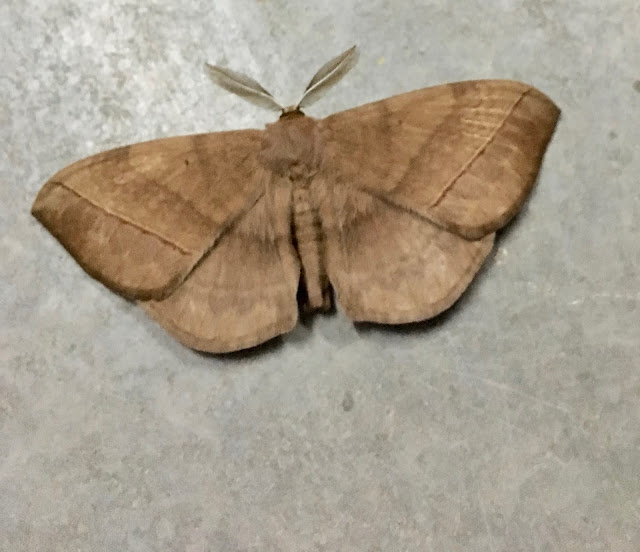Posts

Posted by
Flowergirl
How many push ups can you do?
- Get link
- X
- Other Apps

Posted by
flowergirl
Fruit country. Uttarakhand
- Get link
- X
- Other Apps

Posted by
Flowergirl
Wildflowers of Yercaud
- Get link
- X
- Other Apps

Posted by
Flowergirl
Viraali - The Sand Olive or Sticky Hopbush tree
- Get link
- X
- Other Apps

Posted by
Flowergirl
A different purple - in the hills of Yercaud
- Get link
- X
- Other Apps

Posted by
Flowergirl
The Jacarandas and Petreas of Yercaud town - a photo post
- Get link
- X
- Other Apps

Posted by
flowergirl
The moorhen walk - Photos by Mr Ramanan
- Get link
- X
- Other Apps



